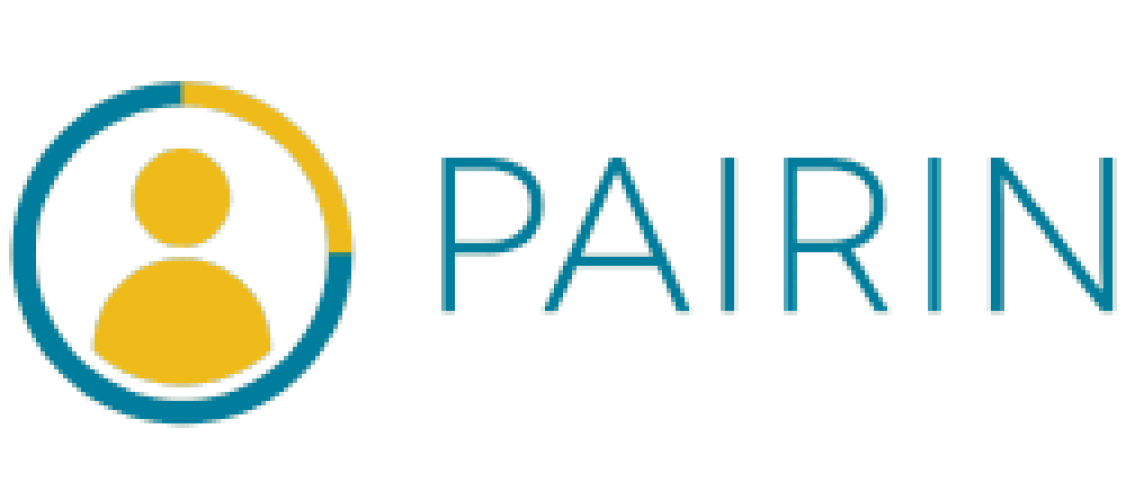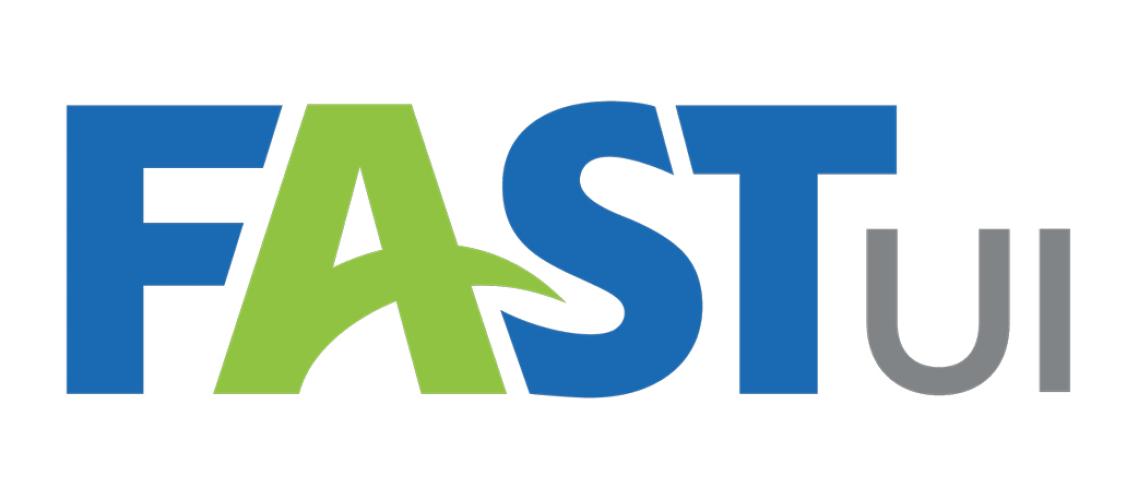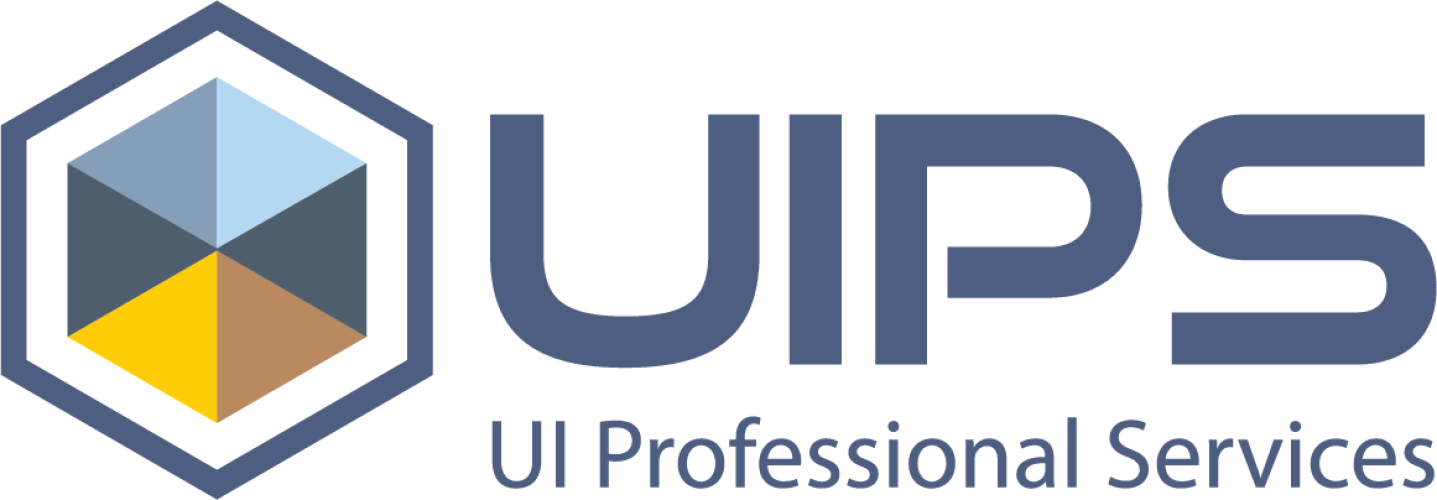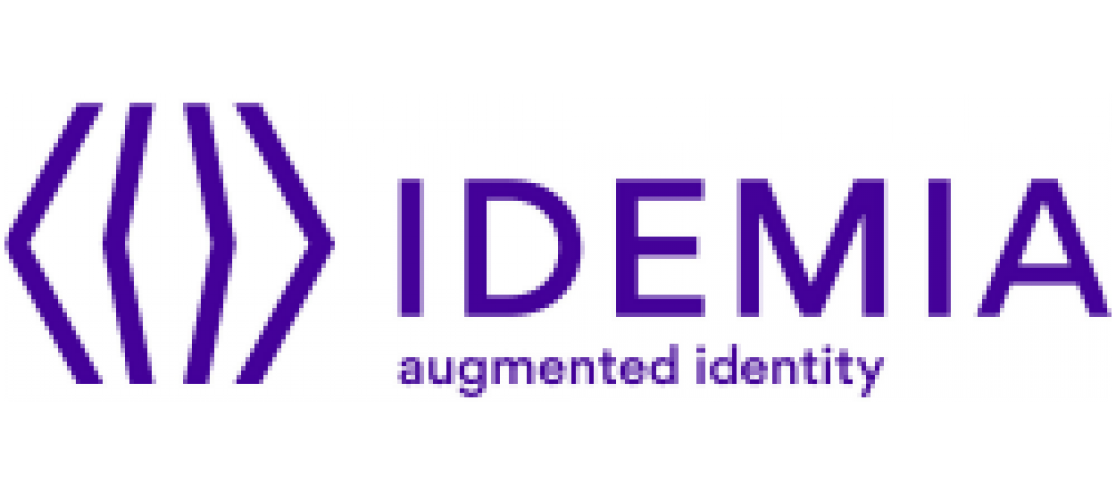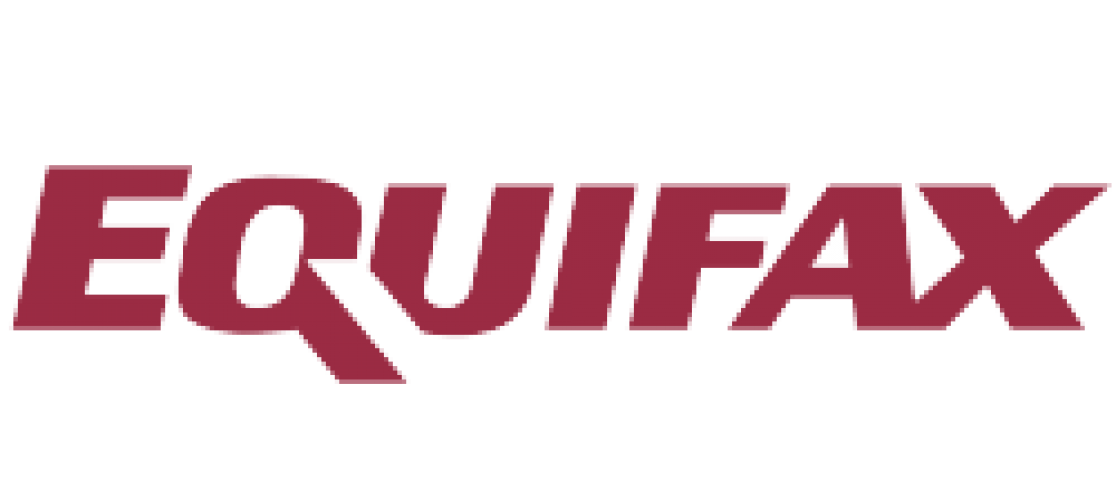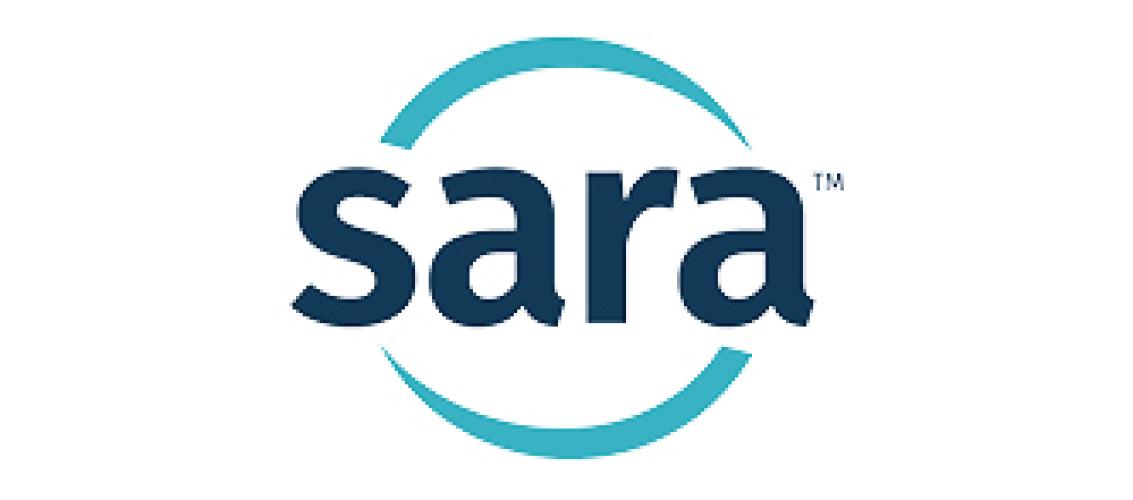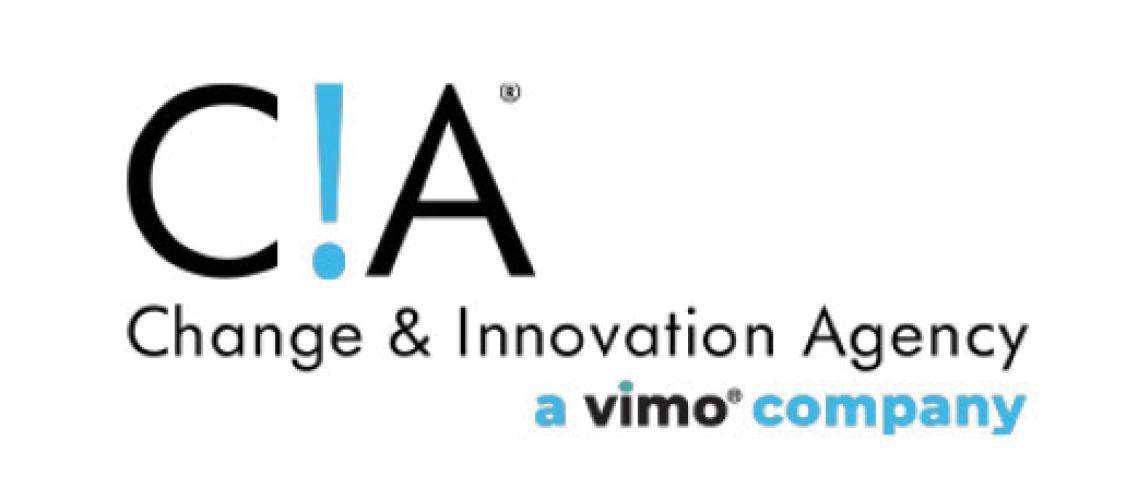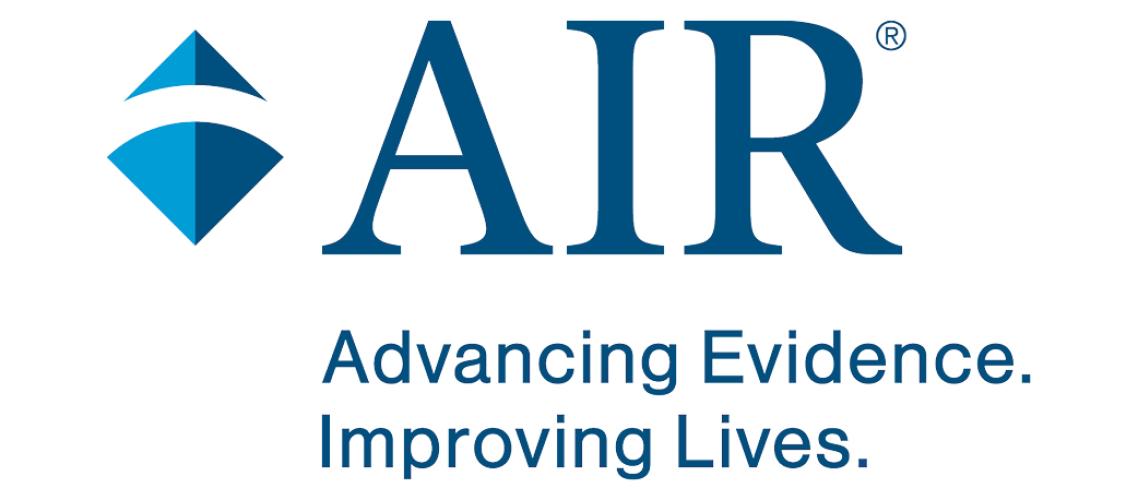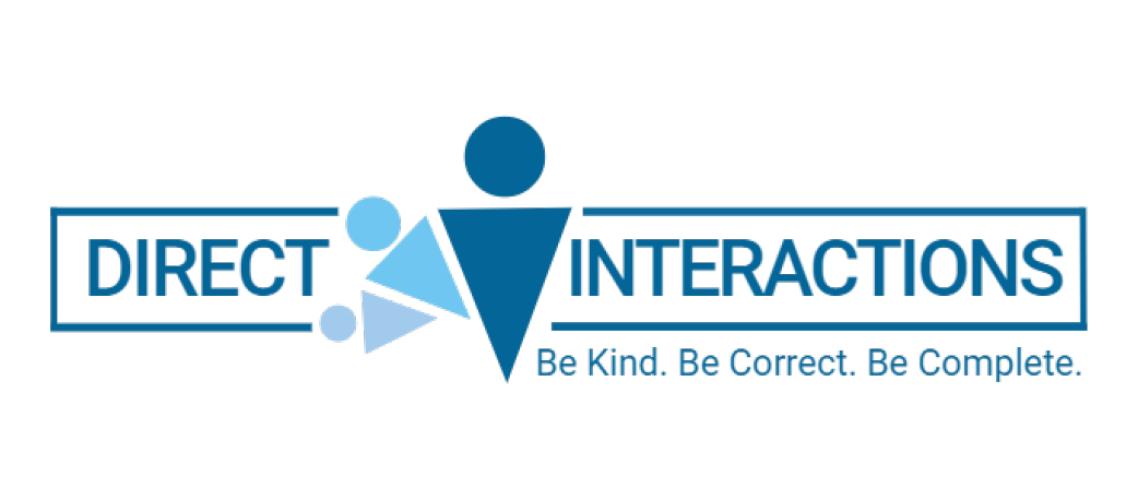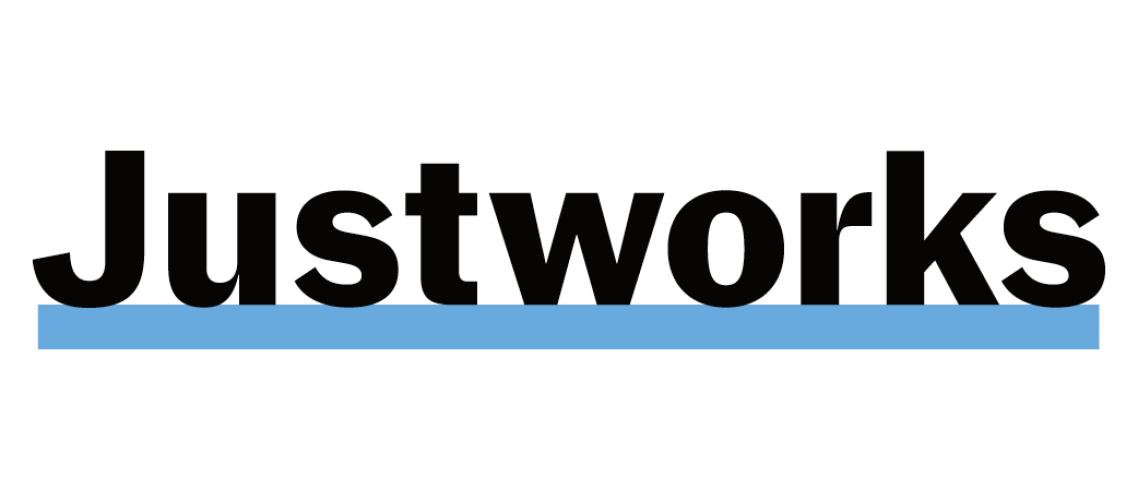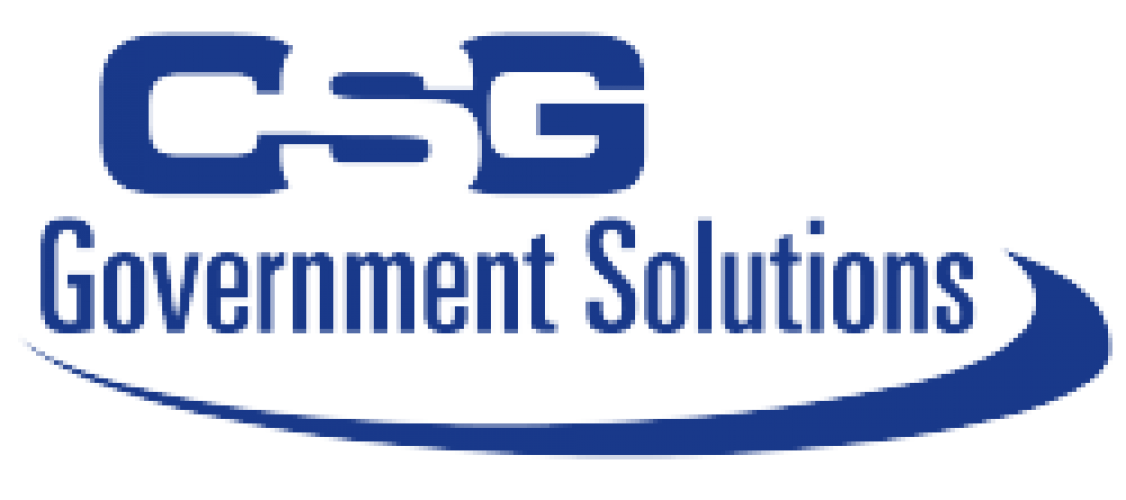2019 Legislative Priorities
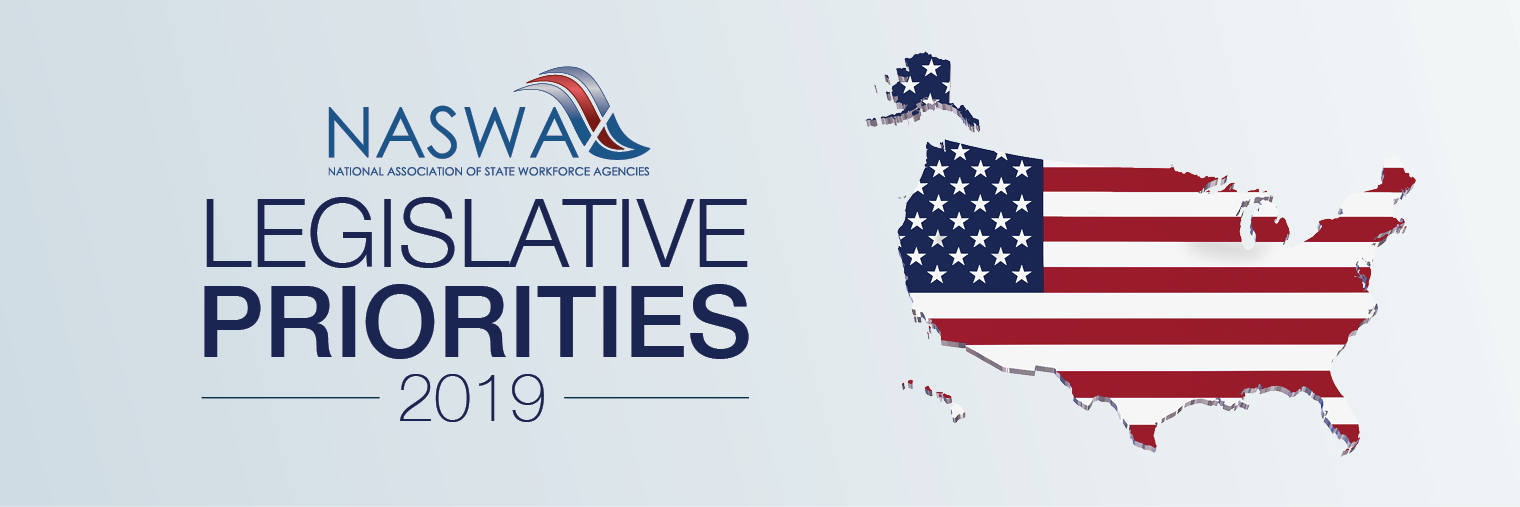
Key Fiscal Issues
ENSURE SUFFICIENT, FLEXIBLE WORKFORCE DEVELOPMENT INVESTMENT
Provide no less than FY 2020 authorized funding levels for workforce and training programs under the Workforce Innovation and Opportunity Act (WIOA), and no less than FY 2019 funding levels for the Wagner-Peyser Act and the Bureau of Labor Statistics.
Now is the time to invest, not divest, in the success of the public workforce system. States, and their local partners, implemented WIOA with collaboration and innovation, including demand-driven training, apprenticeships, and career pathways, to close skills gaps for employers and help workers increase their earnings.
- Any successful results are in jeopardy due to continued reduced funding. For FY 2019, WIOA formula programs alone were $442 million (a 14% reduction) below the authorized levels.
- Any further reductions will negatively impact the ability of states to assist both jobseekers and employers under the enhanced programmatic services mandated by WIOA, especially if the economy weakens.
Maintain investment for governor’s state workforce innovation needs at 15%.
- The WIOA mandate include states receiving 15% of WIOA formula funding. This investment is essential to ensuring states have the capacity to implement effective programs to meet statewide and regional employer demands for a high-quality workforce.
Increase flexibility and programmatic alignment for maximum utilization of investment.
- Provide states enhanced flexibility between WIOA funding streams (allow modification of within-state formulas and streamline the infrastructure funding rule).
- Support coordination (including disaster assistance) among the federal/state programs to accelerate jobseekers’ hiring, drive innovative solutions, address employer needs, and coordinate service delivery, while maximizing the return on taxpayer dollars.
REFORM UNEMPLOYMENT INSURANCE (UI)
Rebuild support for Unemployment Insurance programming to reflect modernized service delivery.
UI administration funding is the critical component for states to deliver modernized UI systems benefits. Investment in UI administration is at a 30-year low. Serious disruption in the delivery of UI benefits is beginning to occur and is at risk for the next economic downturn without providing minimum base line funding.
- Provide a minimum investment of $3 billion/year to maintain base level services, which meet employer and claimant expectations for acceptable customer service.
- Amend federal law to provide a workable extended unemployment insurance program, which would improve the safety-net and enhance integrity, before the next recession.
Bolster the integrity of the Unemployment Insurance program.
- Encourage further investments in integrity activities by permitting states to use up to 5% of recovered claimant overpayments and additional employer contributions collected to fight fraud.
- Continue investment in the Unemployment Insurance Integrity Center at a minimum of $6 million annually to continue efforts toward eliminating UI fraud and fighting waste, fraud and abuse.
CONTINUE SUPPORT FOR REEMPLOYMENT SERVICES AND APPRENTICESHIPS
Invest in baseline Reemployment Services programming at no less than $175 million*.
Reemployment services have a proven track record of accelerating UI beneficiaries' return to work, with the additional benefit of reducing unemployment insurance payments. Core components of reemployment services include job search tools, early intervention services, career guidance, job referrals, and training for UI claimants.
- States should be granted flexibility to enhance coordination between unemployment insurance programs and other workforce programs to expedite jobseekers’ hiring.
Invest in Apprenticeships at no less than $160 million.
States are expanding innovative apprenticeship programming to train workers in a host of high-demand industries to better meet employer needs. Federal apprenticeship grants are a core component of this effort, which allow workers to earn a paycheck while acquiring in-demand skills and credentials.
- Provide flexibility for states to utilize both registered and industry recognized programs and ensure that all workforce partners are aligned under Federal grants.
Key Authorizing Issues
IMPROVE THE DISABLED VETERANS OUTREACH PROGRAM (DVOP)
Provide improved services to veterans and military spouses by expanding the Significant Barriers to Employment (SBE) categories.
Veterans, transitioning service members, military spouses and their families would greatly benefit if state agencies were allowed to serve additional targeted populations.
- Expand categories to cover all veterans with disabilities, those aged 50 and up and military spouses. Currently these additional populations are not always eligible and experience barriers when seeking services.
ENSURE SUCCESSFUL WIOA IMPLEMENTATION
Enhance successful connections between WIOA programs with education, vocational rehabilitation and human services providers.
Congress is encouraged to continue its strong engagement with the federal agencies of jurisdiction in WIOA implementation. This will ensure coordinated alignment between the workforce development programs and a range of partner programs, including career and technical education, higher education, adult basic education, vocational rehabilitation, TANF and other human service programs, that lead to better employment and career advancement outcomes.
Encourage real-time, integrated data sharing and invest in research capacity.
High-quality program and labor market information, a powerful public labor exchange, utilization of workforce technologies, integrating cross-agency data, and opportunities for state workforce agencies to be learning organizations engaging in data analysis and program evaluation provide better data-driven outcomes for employers and workers. States will continue to be challenged in delivering data-driven outcomes without additional investment in research capacity.
*Only $117 million counts against the discretionary budget cap as provided under Section 30206 of the Bipartisan Budget Act of 2018 (P.L. 115-123).
Download 2019 Legislative Priorities PDF
Download Plan a Congressional Visit

NASWA Executive Staff
Scott B. Sanders
Executive Director
ssanders@naswa.org | 202-434-8022
Ellen Golombek
Deputy Executive Director
egolombek@naswa.org | 202-434-8017
Lori Adams
Veteran Reemployment
ladams@naswa.org | 202-434-8045
Yvette Chocolaad
Workforce Development, Labor Market Information & Research
ychocolaad@naswa.org | 202-434-8046
Pam Gerassimides
Workforce Information Technology Support Center
pgerassimides@naswa.org | 202-434-8026
Randy Gillespie
UI Integrity Center
rgillespie@naswa.org | 317-748-8779
Michelle Marshel
External Affairs
mmarshel@naswa.org | 202-999-0168
Judy Mattinson
UI Interstate Connection Network
jmattinson@naswa.org | 801-440-3514
Jerry Pectol
State Information Data Exchange System
jpectol@naswa.org | 918-213-0029
Ben Peirce
UI Information Technology Support Center
bpeirce@naswa.org | 202-434-8016
Julie Squire
Unemployment Insurance, Equal Opportunity, & Legal Affairs
jsquire@naswa.org | 202-434-8059
Charles Terrell
National Labor Exchange & Technology
cterrell@naswa.org | 202-434-8021
James D. Van Erden, PhD
Workforce Administration & Finance, UI Integrity Center
jvanerden@naswa.org | 202-434-8027
